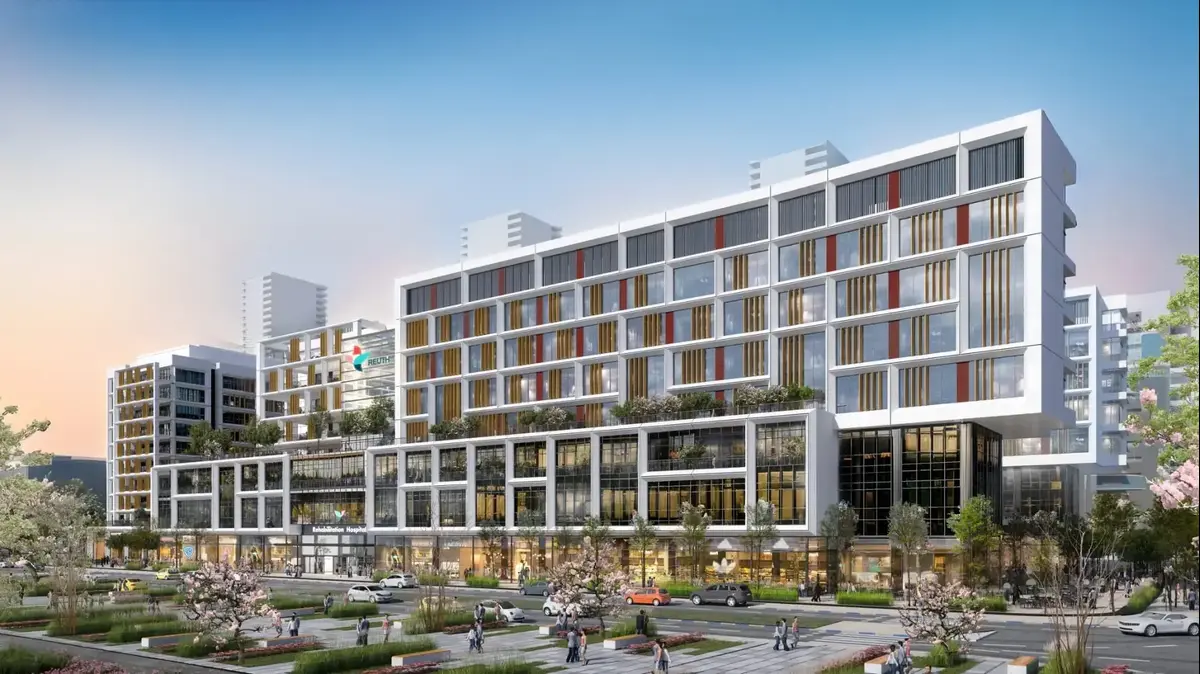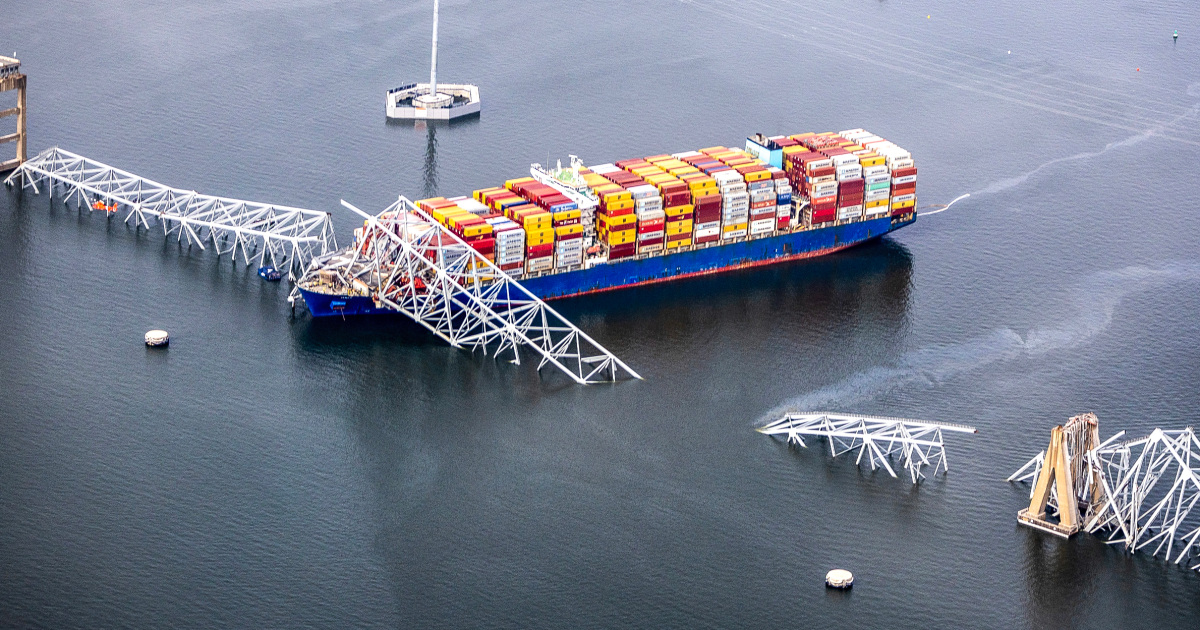Damascus-SANA
The Ministry of Agriculture and Agrarian Reform has proposed a new agricultural investment opportunity to establish dryers for yellow corn in the governorates of Aleppo, Raqqa, Hama and Deir ez-Zor, in addition to announcing the Feed Foundation for offers to rehabilitate public corn dryers in Aleppo, Deir ez-Zor and Raqqa.
General Director of the General Foundation for Feed, Engineer Abdul Karim Shabat, explained in a statement to SANA that the Ministry of Agriculture focuses in its plans on increasing the areas planted with yellow corn to secure the local need as it is a basic material in the manufacture of feed materials, especially for the poultry sector, as well as securing green fodder for sheep, pointing out that the establishment of dryers It contributes to encouraging farmers to grow the crop, improving its marketing process, reducing corn import costs and providing direct and indirect job opportunities.
Shabat affirmed that the Feed Corporation secures a large part of the poultry sector’s needs of feed materials at reduced prices, in addition to securing the full needs of public sector bodies such as the Institution of Productive Poultry and others.
February indicated that 4 corn dryers were out of service as a result of terrorist crimes, with a production capacity of 300,000 tons of yellow corn, and we are currently working on establishing a dryer in Aleppo Governorate and announcing the rehabilitation of the damaged dryers, pointing out that the Corporation seeks to reduce rehabilitation costs by reducing the production capacity of dryers from 50 tons per hour to 20 tons.
For his part, Madin Diab, Director General of the Syrian Investment Authority, explained that after the issuance of Investment Law 18, the authority began preparing for the investment map and set the executive program for its development to be a strategic tool for mobilizing resources towards important and priority sectors that will contribute to the recovery of the national economy, indicating that the law granted agricultural and animal production projects an exemption. A permanent tax amount of 100 percent of income tax and a tax reduction of 75 percent of income tax for a period of 10 years for agricultural and livestock manufacturing projects and facilities for sorting and packaging agricultural products.
Diab said that the authority provides procedural facilities and supports agricultural investment projects that depend on local resources and achieve an added value by securing the local market's need and exporting the surplus, including the manufacture of fodder and fodder alternatives.
For his part, Hikmat Al-Azab, head of the Animal Wealth Office in the General Union of Farmers, indicated with a similar statement the importance of increasing support for the poultry sector and securing breeding requirements, especially of yellow corn, pointing out that the country’s need amounts to 600 thousand tons of yellow corn, most of which are imported due to the lack of local production of it. Although farmers were encouraged to increase the cultivated areas in coordination with the Ministry of Agriculture, the results were not acceptable due to the lack of sufficient irrigation water and the delay in the rehabilitation of corn dryers that were sabotaged as a result of terrorist acts.
A number of poultry breeders explained that the significant rise in the prices of feed materials, especially corn, led to an increase in the prices of poultry products in the local market, which in turn are subject to the principle of supply and demand.
A number of poultry owners, including agricultural engineer Faisal Hussein and veterinarian Samer Ismail, pointed out the importance of reducing the prices of feed materials, which constitute 70 percent of poultry production costs, and that their price can be reduced by increasing the areas planted with corn and speeding up the establishment of private and public dryers and increasing the amount of feed ration distributed from by PE Feed.
It is noteworthy that the proposed areas for the construction of these dryers are Dibsi, Sabkha, and Ma’dan in Raqqa, Deir Hafer, Manbij, Al-Safira in Aleppo, Mahrada, Taizin, Shiha, Srihin, Al-Ghab, Hama, Al-Tabani, Map, Al-Mayadin, Muhassan, and Khasham in Deir Ezzor.
Nadim Maalla / Amjad Sabbagh
SANA Economic Bulletin
Follow Sana's news on Telegram https://t.me/SyrianArabNewsAgency












/cloudfront-eu-central-1.images.arcpublishing.com/prisa/KMEYMJKESBAZBE4MRBAM4TGHIQ.jpg)


